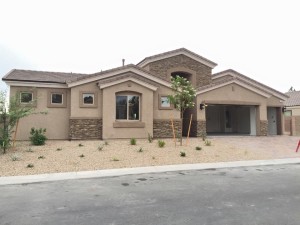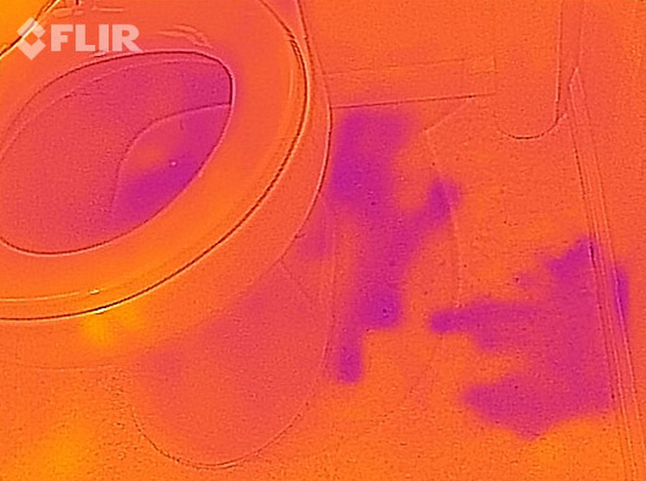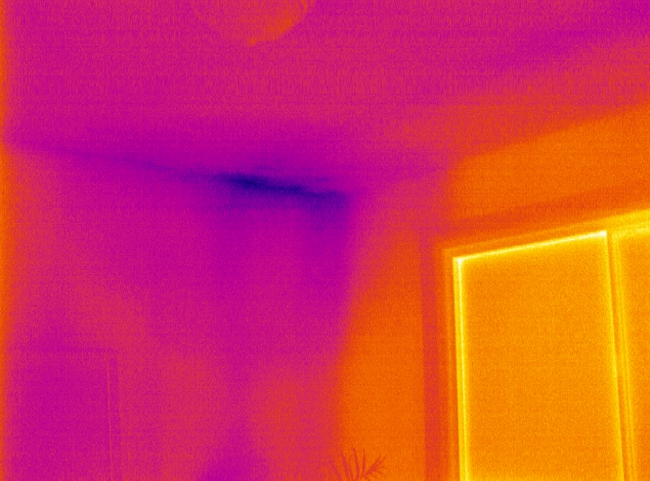Low-E Windows
I often tell people on my inspections that the scope of my inspection includes anything I can gain access to. While most inspectors review the windows in the home I believe my firm is the only inspection service that reviews Low-E window orientation. It takes special equipment to do this but Low-E window orientation is critically important. An improperly oriented Low-E window can cost the homeowner money day after day, month after month.
What is a Low-E window?
A Low-E window is always a thermal insulated or dual-pane window meaning that there are two layers of glass or glazing. In a Low-E window a layer of microscopic layer of metal is sprayed in the space between the two layers of glazing. This microscopic layer of metal reflects heat and greatly reduces the transmission of ultraviolet (UV) rays.
In the Southwest region of the country the windows are oriented to reflect the heat from the sun and prevent the sunlight energy from entering the home. They use Low-E windows in places like Montana too but they are oriented to keep the heat in the home, not to keep the heat out of the home.
The orientation of a Low-E window depends upon where the layer of microscopic metal is placed. When you have a dual-paned window there are four (4) sides to the glazing. If you are on the outside of the home the surface you can touch with your hand is surface number one (1). The inner surface of that same pane of glazing is surface number two (2). If you are on the inside of the home the surface you can touch with you hand is surface number four (4). The inner surface of that same pane of glazing is surface number three (3).
On MOST Low-E windows installed in Southern Nevada the Low-E coating should be on surface number two (2). This orientation prevents the heat from entering the space between the two panes of glazing. On a home in Montana the Low-E coating would be installed on surface number three (3) to reflect the heat back into the home.
It is very common to find improperly oriented Low-E windows. While you may be able to discern whether or not the window is Low-E by the slight greenish hue the window displays it is impossible to ascertain the proper orientation of the Low-E coating on the window without the proper equipment.
When the window installer receives the window package from manufacturer the glazing unit is not set or permanently mounted. It is the responsibility of the installer to ensure the orientation is proper. Generally the only way the installed knows which surface has the Low-E coating installed is by a sticker the manufacturer places on the glazing. Quite often these stickers fall off. When this happens the installer must determine which pane of glazing has the low-E applied. Believe it or not many installers do not carry the Low-E meter needed to make this determination. So it’s a 50/50 chance. You know the old saying, whenever there’s a 50/50 chance there’s a 95% probability you’ll pick the wrong one.
I, and the inspectors in my firm, use the ETEKT+ Low E Coating Detector Model # AE1601. This machine not only allows us to tell whether or not the window has a Low-E coating but it also allows us to determine the orientation of the Low-E coating.
Correcting an improperly installed Low-E window is relatively easy to do. I once inspected a luxury home in the Southern Highlands community in Las Vegas where the home had 94 windows. 52 of the windows were improperly oriented. After the problem was identified the window installer came out with a crew of four technicians at eight o’clock in the morning and reversed all the improperly installed windows before twelve o’clock noon.
In Southern Nevada an improperly installed Low-E window can actually radiate heat into the home causing the air conditioner to run longer and work harder and it will significantly add to the electrical utility costs associated with the home. I have found improperly oriented Low-E windows in new construction homes as well as ten year old homes. If you have a room in your home that seems to be hotter than the rest of the home and your home has Low-E windows installed then verifying the correct orientation of the windows in the room should be one of the first steps you take.






